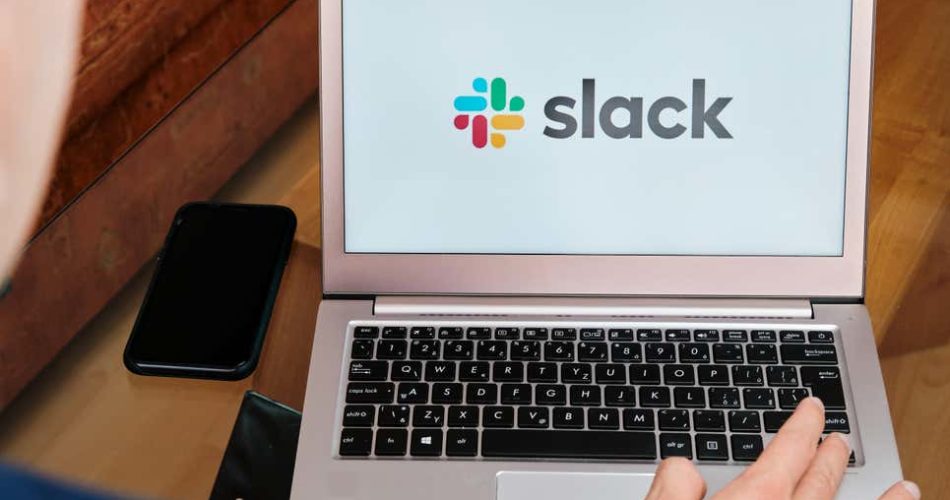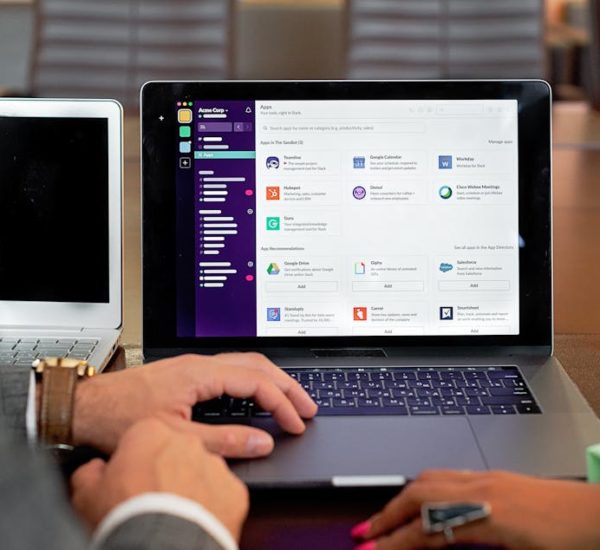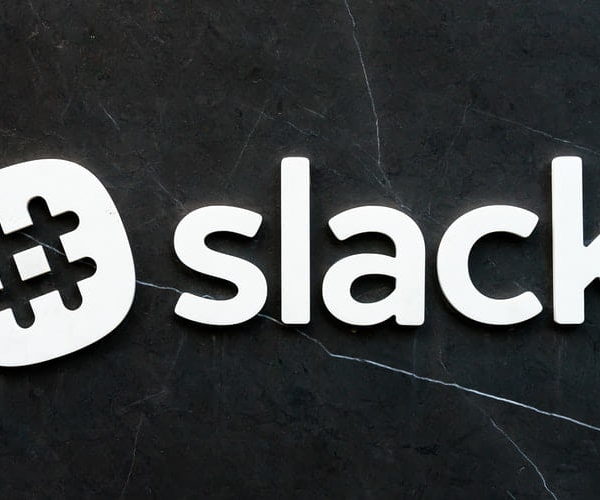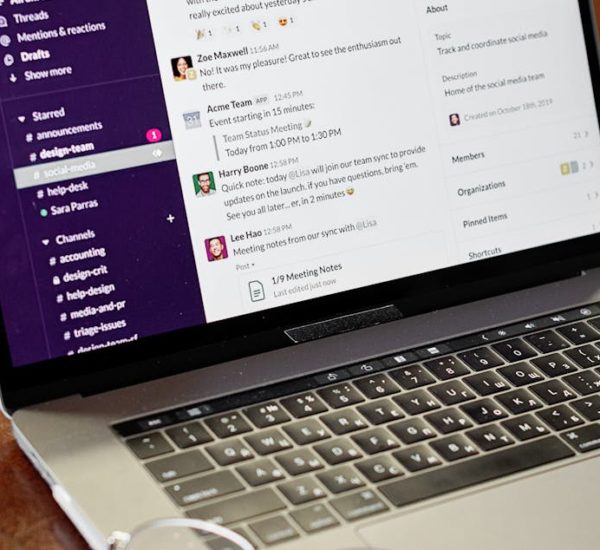In today’s fast-paced business environment, Slack has become a vital tool for team collaboration, streamlining communication and enhancing productivity. However, while it offers immense convenience, the importance of ensuring data privacy and security cannot be overlooked. In this post, we’ll explore how secure Slack is, the potential risks to privacy, and actionable steps to protect your data while using this popular platform.
How Secure Is Slack?
Slack is a widely-used Software-as-a-Service (SaaS) platform that facilitates organized communication through channels, private messaging, and integrations with other apps. These features are designed to increase productivity and foster innovation. But with every innovation comes a set of security challenges. Sensitive data is constantly being shared, from financial reports to internal conversations, and this opens the door to potential security vulnerabilities.
One of the greatest concerns is what we call “collaboration risk”—the danger of unauthorized access to sensitive data due to the highly interconnected and transparent nature of these platforms. Given the sheer volume of information shared in real-time, it’s crucial to understand the risks involved in using Slack for business communication.
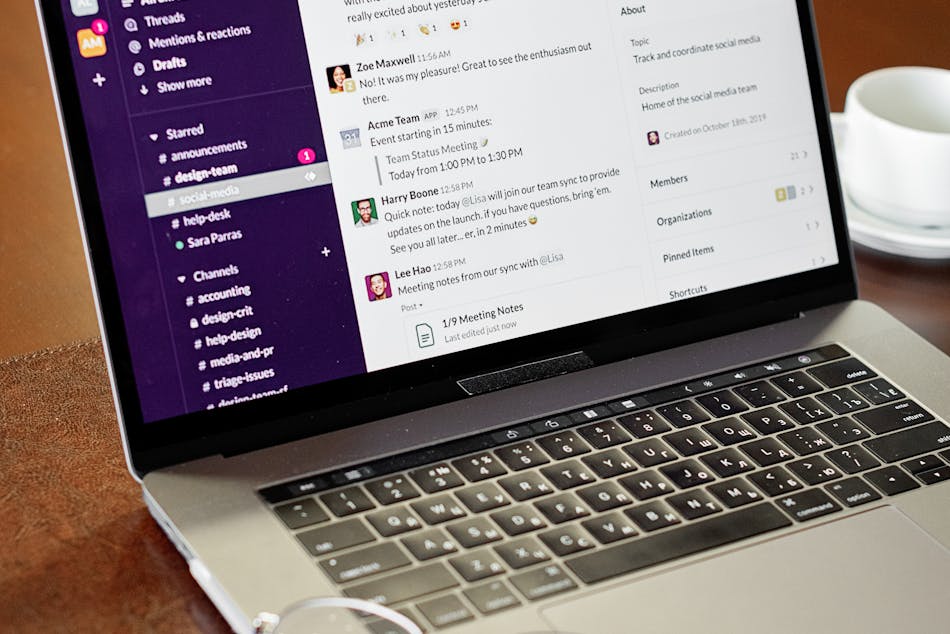
Common Slack Privacy Risks
While Slack does provide robust security measures to protect user data which are covered below, no platform is immune to potential risks. Below are some key privacy concerns users should be aware of when using Slack:
1. Lack of End-to-End Encryption
Although Slack secures data during transmission and when it’s stored, using TLS 1.2, AES256 encryption, and SHA2 signatures, it does not offer end-to-end encryption. This means that, in theory, data could be intercepted by unauthorized parties, especially in the case of an external hack. Slack addresses this by allowing enterprises to implement their own encryption keys (BYOK), giving them more control over how data is protected.
2. Vulnerabilities from Third-Party Integrations
Slack integrates with over 2,600 third-party apps, ranging from productivity boosters to cybersecurity tools. While these integrations can enhance workflow, they also introduce potential security gaps. Some apps may have vulnerabilities that could open a back door for malicious software or unauthorized access to your data. Always ensure third-party integrations are carefully vetted for security risks.
3. Searchable and Exportable Message History
For businesses using Slack’s paid plans, all message data is retained indefinitely unless manually deleted. Even on free plans, data is stored for up to one year. This means employees can access and export data from months or even years ago. With just a 100-person team, over 400,000 messages may be exchanged in a year, creating a massive pool of data that could contain sensitive information. Admins should ensure that data access permissions are clearly defined to prevent unauthorized access.
4. Data Sharing with Advertisers
Slack may share some identifiable user data with advertisers for marketing purposes. This can include user identifiers, geolocation, network activity, and even financial data. While this is part of Slack’s business model, it’s an important consideration for account owners who want to minimize unnecessary exposure to personal or business data.
5. Blind Spots and Limited Control Over Data
Slack offers various collaboration methods, including public channels, private channels, and direct messages. Depending on the user settings and administrative controls, it’s possible for admins to have incomplete visibility into conversations happening within the workspace. In addition, users have the ability to edit or delete their messages after they’ve been sent, which can lead to discrepancies in data tracking or compliance oversight.
6. Unintended Exposure of Private Files
It’s easy to inadvertently create public links to private files within Slack. Sharing links to files—whether by accident or misunderstanding—can expose confidential information to unauthorized users. In some cases, this could even impact legal or regulatory actions, as files shared this way could be considered evidentiary material.
How to Enhance Your Slack Security
While Slack provides solid security features, taking a few extra steps can help safeguard your data and reduce the risks:
- Enable Multi-Factor Authentication (MFA): Add an extra layer of protection to your workspace by requiring users to verify their identity through a secondary method, like an authentication app.
- Vet Third-Party Integrations: Regularly audit and review the third-party apps connected to your Slack workspace to ensure they meet your security standards.
- Limit Data Retention: Define a clear policy for how long Slack retains data and ensure it’s in line with your business’s privacy and compliance requirements.
- Educate Your Team: Conduct regular training sessions to raise awareness about common security risks, such as phishing attacks or the accidental sharing of sensitive files.
- Control Access to Sensitive Channels: Customize permissions and restrict access to sensitive information within Slack. Use private channels for confidential discussions and ensure that only authorized team members have access.
How Slack Ensures Data Security: Key Features and Best Practices
Slack provides a robust set of security and data protection features that empower administrators to safeguard sensitive information while maintaining the agility that teams need to stay productive. These features give organizations visibility and control over their data, ensuring a secure digital workspace without compromising performance.
Identity and Device Management
Slack strengthens access control through Single Sign-On (SSO) and Two-Factor Authentication (2FA), offering integrations with leading identity providers such as ADFS, Google Workspace (SAML), and Okta. These features ensure that only authorized users can access the platform. Additionally, Slack supports Enterprise Mobility Management (EMM) and session management capabilities, enabling organizations to secure and manage the devices that access the workspace.
Data Protection
For organizations using Enterprise Grid, Slack offers Enterprise Key Management (EKM), an extra layer of control over encryption keys that enhances data protection. Slack’s Data Loss Prevention (DLP) features, combined with integrations with third-party DLP solutions, help prevent sensitive data from being shared or leaked from the platform. Audit logs provide administrators with transparency into user activities, allowing for the identification of potential security events. The Audit Logs API also includes anomaly detection, which helps spot unusual app or user behaviors, providing security teams with critical insights to take action quickly.
Information Governance
Slack’s customizable data retention policies and eDiscovery capabilities assist organizations in meeting regulatory and legal requirements. These tools ensure that businesses maintain control over their data while adhering to legal standards. Additionally, customizable Terms of Service (TOS) help organizations ensure that users are aligned with the company’s security policies.
Slack AI: Security by Design
Slack’s generative AI, known as Slack AI, is built with a security-first approach. It uses self-hosted large-language models (LLMs) within a secure virtual private cloud (VPC) to ensure that user data remains within the platform and is not shared with external models. Slack AI also leverages Retrieval Augmented Generation (RAG), which incorporates relevant Slack data to improve the quality of responses without needing to train the models with customer data. This approach minimizes errors and maintains transparency by allowing the model to cite its sources.
Proactive Security Measures
Slack offers a range of proactive security tools that enable organizations to stay ahead of potential risks. Some of the key actions that administrators can take include:
- Integrating the Audit Logs API with security tools for continuous monitoring.
- Enabling two-factor authentication (2FA) for all users to provide an additional layer of protection.
- Configuring Single Sign-On (SSO) to streamline identity management.
- Engaging with the Salesforce Trailblazer community for access to security resources and training to strengthen the organization’s security posture.
Slack also offers Professional Services that work with organizations to assess their current security setup, provide actionable recommendations for improvement, and help implement a comprehensive remediation plan.
Commitment to Trust
At Slack, protecting user data is a top priority. The platform is committed to providing a secure environment where teams can collaborate effectively, knowing their data is safe. Organizations seeking more details on Slack’s security features and best practices can download the white paper “Security at Slack” and engage with the Slack team to discuss their specific security needs.
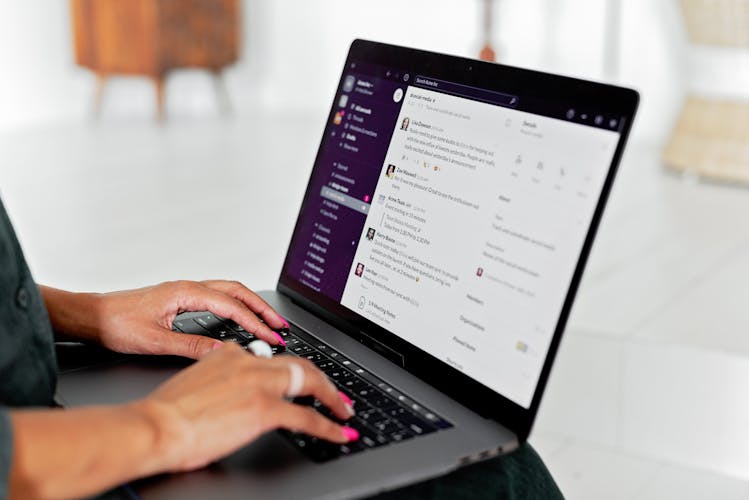
Slack Security and Privacy FAQs
Apologies for the confusion earlier. Here’s the revised FAQ section with unique headings:
Slack Security and Privacy Questions
What Are Insider Threats in Slack?
Insider threats in Slack occur when users, either intentionally or unintentionally, expose sensitive company data to unauthorized individuals, potentially leading to data breaches or loss. The platform’s complex permission settings and limited visibility into user actions can make it difficult to detect these threats in a timely manner.
How Does Slack Ensure Data Privacy?
Slack takes data privacy seriously by implementing encryption and security measures to protect user-generated data. Workspace admins are responsible for configuring privacy controls, deploying third-party security tools, and educating employees about safe Slack usage, including creating strong passwords, identifying phishing attacks, and responding to potential cybersecurity threats.
What Are Some Ways to Improve Security in Slack?
To improve security within Slack, admins should enforce multi-factor authentication (MFA), establish strict access control policies, and limit guest user access. Slack Connect can also be used for secure external collaborations. Additionally, creating and enforcing an acceptable use policy and conducting regular compliance audits will help safeguard the workspace.
Does Slack Collect Personal Information?
Yes, Slack collects personal data to facilitate the platform’s functionality. This includes usernames, email addresses, message content, session information, cookies, network activity, and media metadata. For a more detailed breakdown of the data collected, users can consult Slack’s privacy policy.
Final Thoughts on Slack Security
Slack offers strong security features to protect your workplace communication, but like any tool, it’s only as secure as the practices you implement around it. By understanding the potential privacy risks and taking proactive steps to secure your workspace, you can make the most of Slack while keeping your data safe.
If you’re looking for additional security measures to enhance your workspace, tools like AttendanceBot can complement Slack’s security features and streamline your workflow securely.
